Chainsets
11 results
Chainsets for bicycles come in many forms: compact, semi-compact, standard, 1x, triple. Luckily, we stock a wide range of chainsets for road biking, gravel cycling, and mountain biking, from the biggest brands, including Shimano, SRAM, Campagnolo, and more. Whether you’re looking for a big gear chainset to compete in road races, something friendlier on the knees for tackling alpine climbs, or something simple for a bikepacking adventure there’s options here for everyone. You can also check out our components and cranksets page too.
- Popularity
- Price: Low to high
- Price: High to low
- Percentage Discount
- Newest Arrivals
- Road (8)
- Gravel (3)
- MTB (2)
- Cyclocross (1)
-
All
-
A
-
B
-
C
-
D
-
E
-
F
-
G
-
H
-
I
-
J
-
K
-
L
-
M
-
N
-
O
-
P
-
Q
-
R
-
S
-
T
-
U
-
V
-
W
-
X
-
Y
-
Z
-
0-9
- 105, Di2 (1)
- Deore (1)
- Dura Ace (1)
- Ekar (1)
- GRX RX810 (1)
- Red (1)
- Rival (1)
- SLX (1)
- Ultegra (3)
- 30 (1)
- 36/26 (1)
- 40 (2)
- 42 (2)
- 44 (1)
- 46/33 (1)
- 50/34 (4)
- 52/36 (2)
- 165mm (2)
- 170mm (3)
- 172.5mm (4)
- 175mm (7)
- Black (1)
- Grey (1)
- Shimano (3)
- Campagnolo (1)
- SRAM (1)
- Alloy (2)
- Mechanical (1)
- Mechanical Drivetrain (1)
- 12 Speed (3)
- 11 Speed (2)
- 13 Speed (1)
- 50% - 75% (9)
Products
-
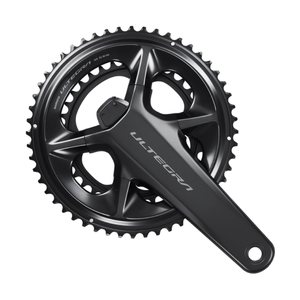 Log in/sign up to use Wishlists!
Log in/sign up to use Wishlists!Shimano Ultegra R8100-P Power Meter Chainset
RRP £999.99£869.99Save: £130.00 -
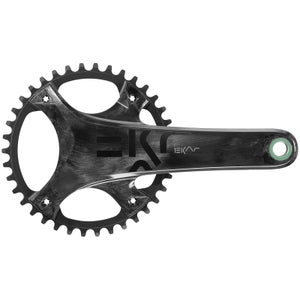 Log in/sign up to use Wishlists!
Log in/sign up to use Wishlists!Campagnolo Ekar 13 Speed Chainset
RRP £309.99£134.85Save: £175.14 -
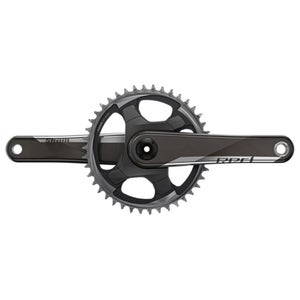 Log in/sign up to use Wishlists!
Log in/sign up to use Wishlists!SRAM Red 1x Chainset
RRP £659.00£286.67Save: £372.33 -
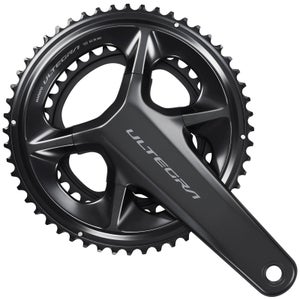 Log in/sign up to use Wishlists!
Log in/sign up to use Wishlists!Shimano Ultegra R8100 Chainset
RRP £299.99£130.50Save: £169.49 -
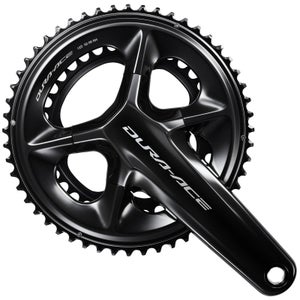 Log in/sign up to use Wishlists!
Log in/sign up to use Wishlists!Shimano Dura-Ace R9200 Chainset
RRP £549.99£239.25Save: £310.74 -
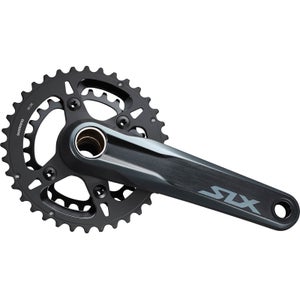 Log in/sign up to use Wishlists!
Log in/sign up to use Wishlists!Shimano SLX M7100 Chainset
RRP £144.99£126.14Save: £18.85 -
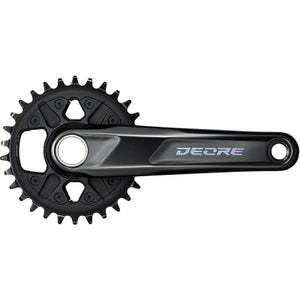 Log in/sign up to use Wishlists!
Log in/sign up to use Wishlists!Shimano Deore M6130 Chainset
RRP £99.99£43.50Save: £56.49 -
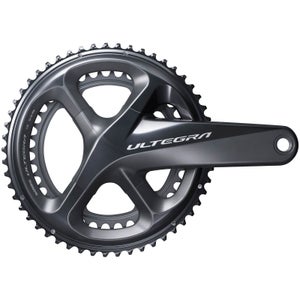 Log in/sign up to use Wishlists!
Log in/sign up to use Wishlists!Shimano Ultegra R8000 Chainset
RRP £269.99£117.45Save: £152.54 -
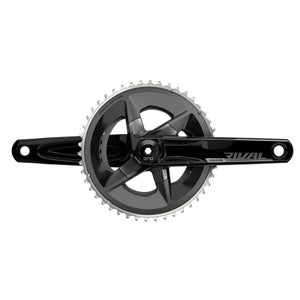 Log in/sign up to use Wishlists!
Log in/sign up to use Wishlists!SRAM Rival Chainset
RRP £127.00£55.25Save: £71.75 -
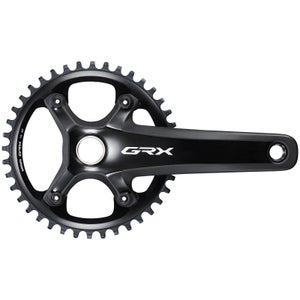 Log in/sign up to use Wishlists!
Log in/sign up to use Wishlists!Shimano GRX RX810 Single 11 Speed Chainset
RRP £219.99£95.70Save: £124.29 -
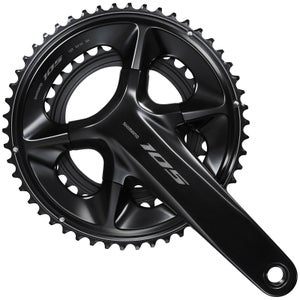 Log in/sign up to use Wishlists!
Log in/sign up to use Wishlists!Shimano 105 FC-R7100 12 Speed Chainset
RRP £169.99£147.89Save: £22.10